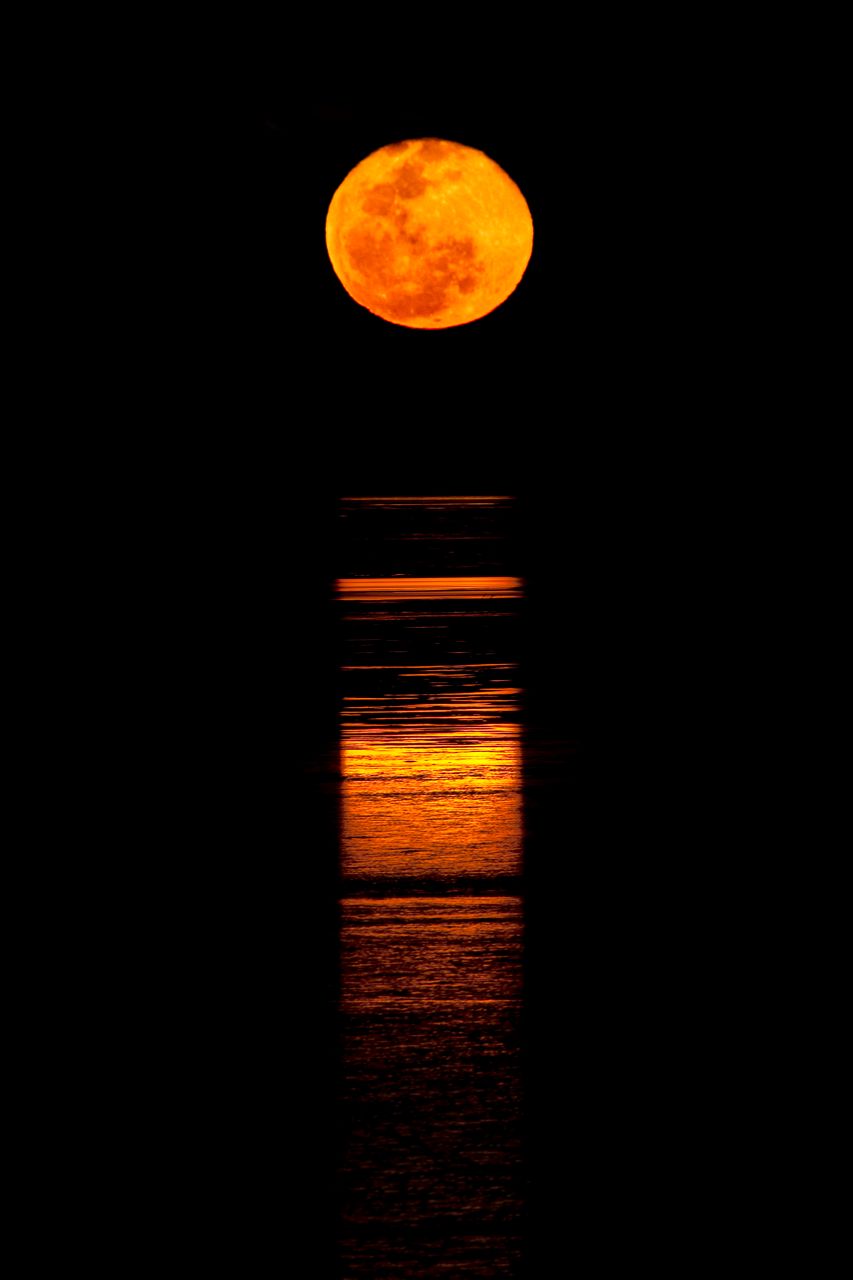By Anupum Pant
For centuries we’ve known that the surface of earth is curved. That means even after the sun sets on land, you could see a second sunset by somehow quickly transporting to a higher place.
Take for example the Burj Khalifa, the tallest object humans have ever constructed. It is so tall that you could watch the sunset at the base of it, at some point in time, and the sun would set about two to three minutes later for someone living on the top floor of the building. So, in theory you could see the sunset once at the base and somehow quickly go up to see a second sunset, on the same day.
But that’s not how much you need to move away from the ground to see the second sunset. You could simply lie down on a beach, watch the sun set once, and could quickly stand up once the last bit goes down, to see it go down again. In fact, if you carefully calculate the time difference between these 2 sunsets using a stopwatch, and take the length of your body into account, you could actually calculate (estimate) the radius of the earth.
All you need is a stopwatch and a trip to the beach to calculate the radius of the earth. This page explains how it’s done.
As seen on a Vsauce video at 4:52 [video]



